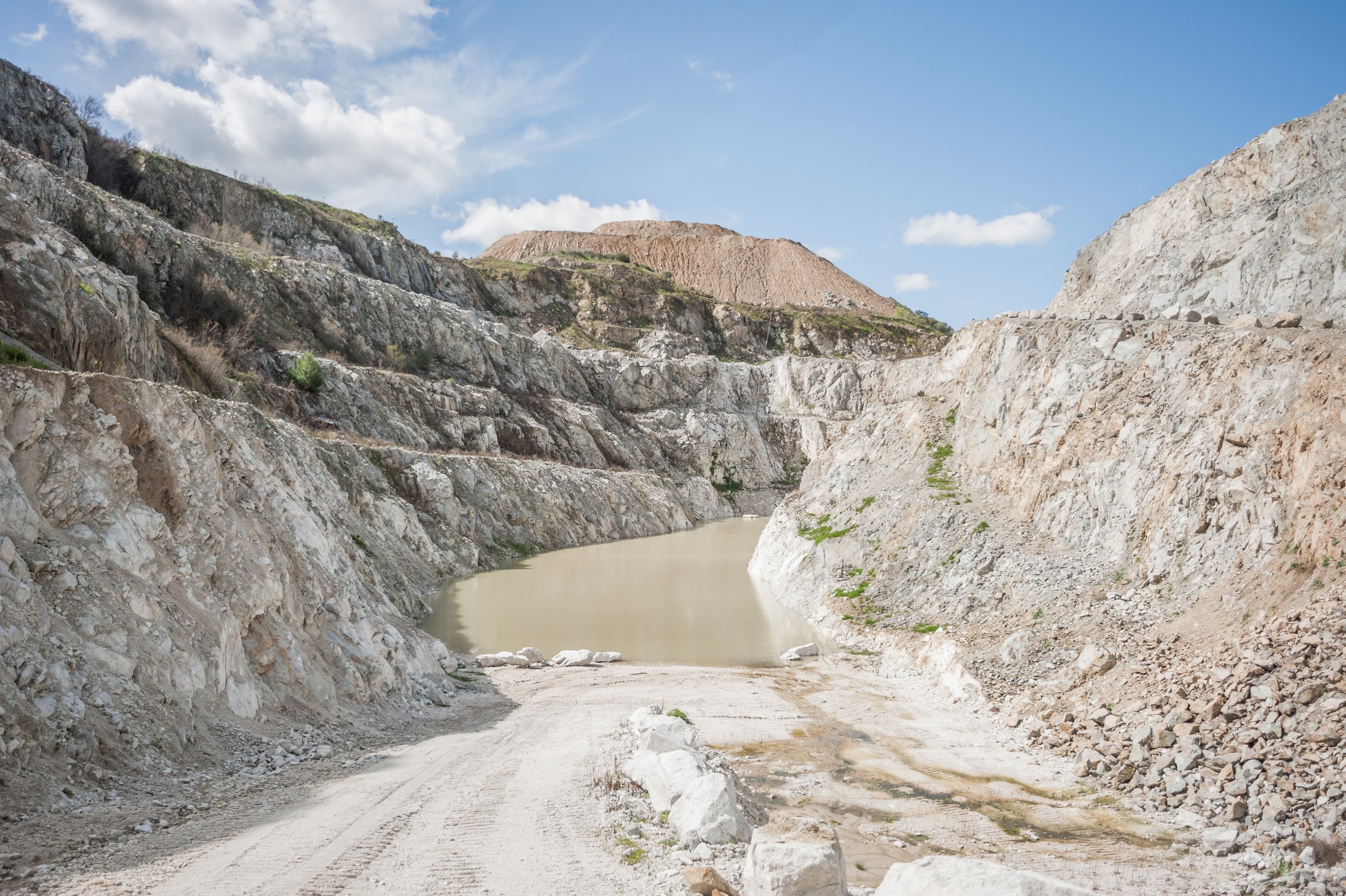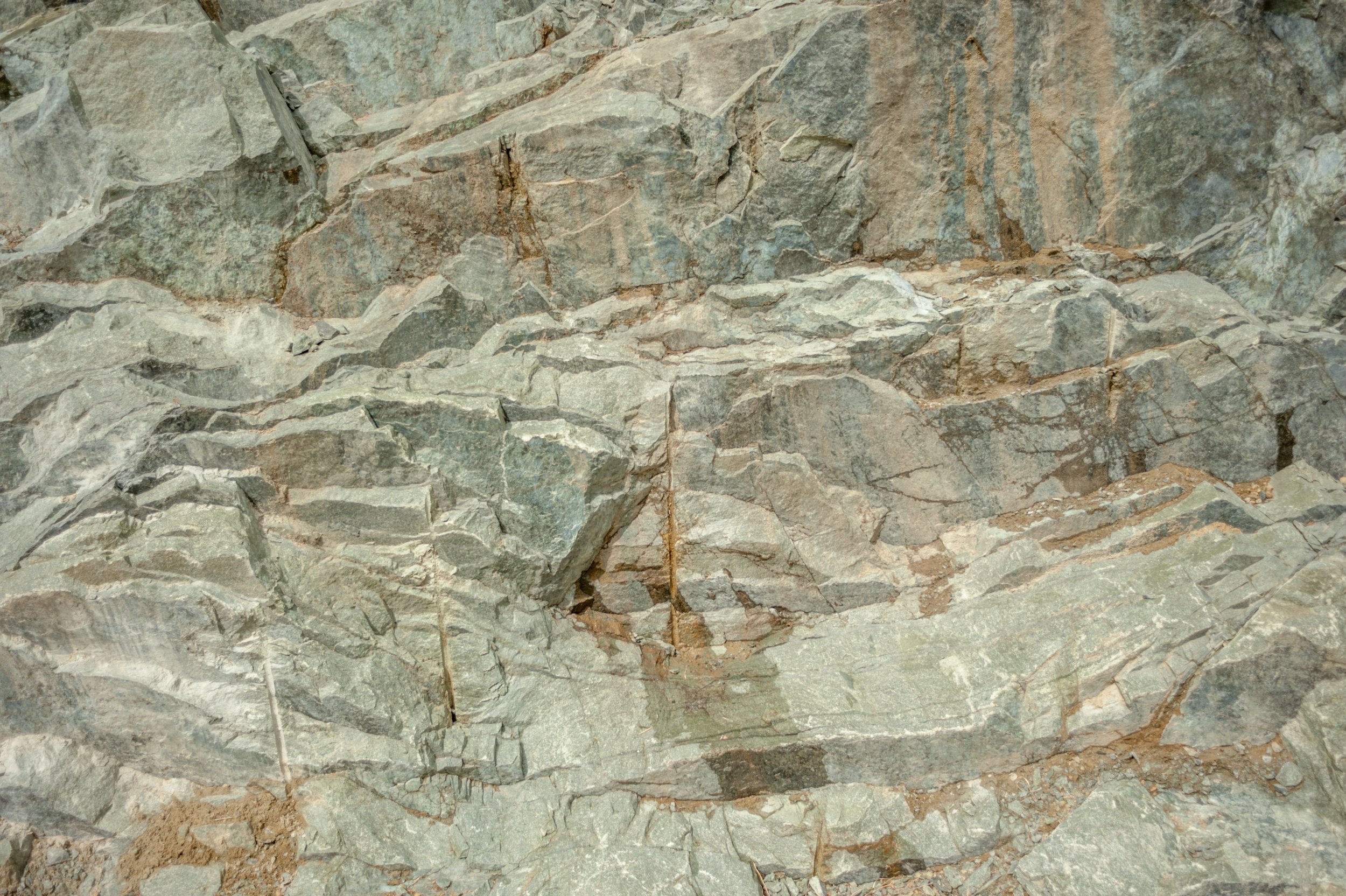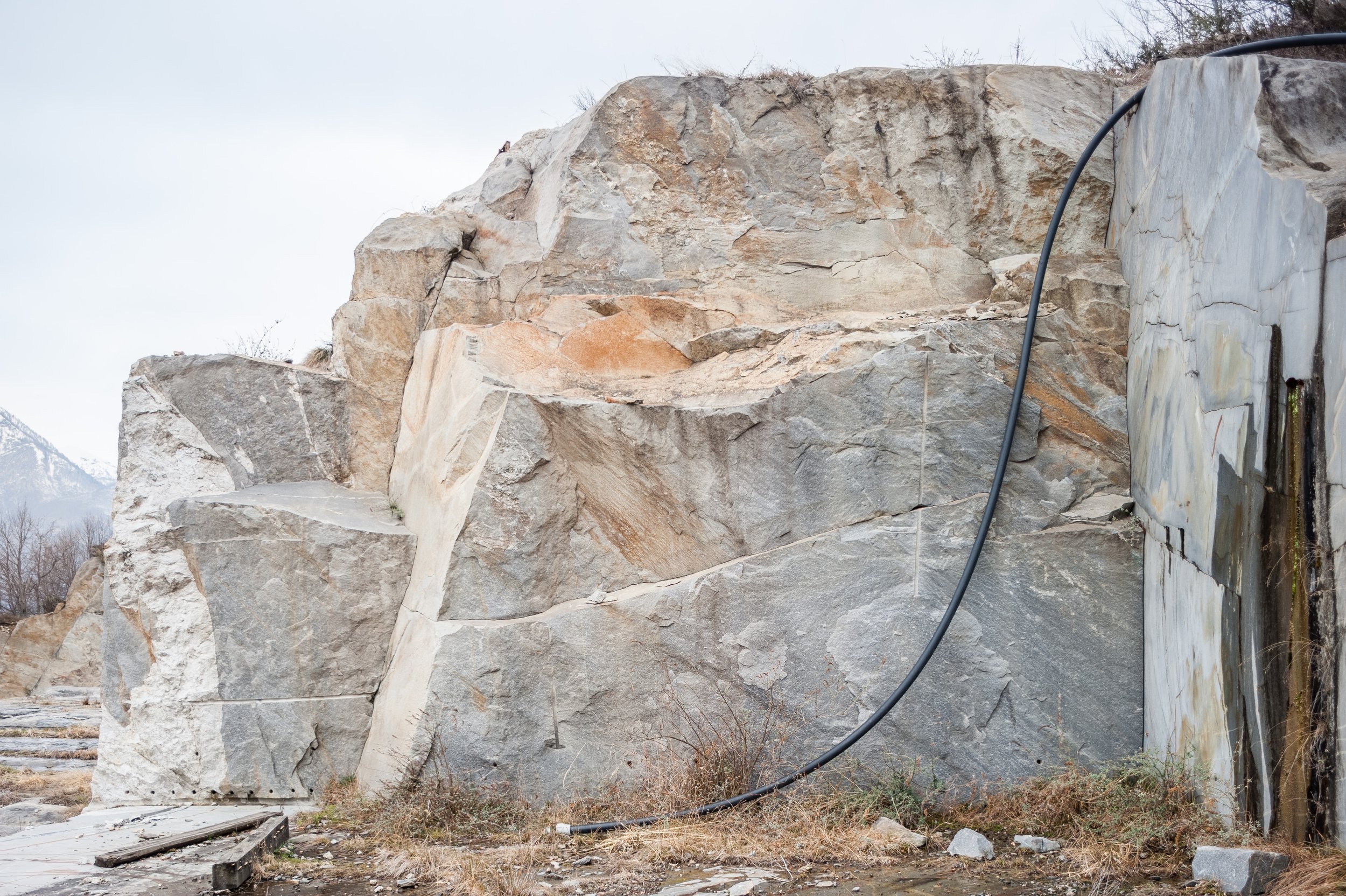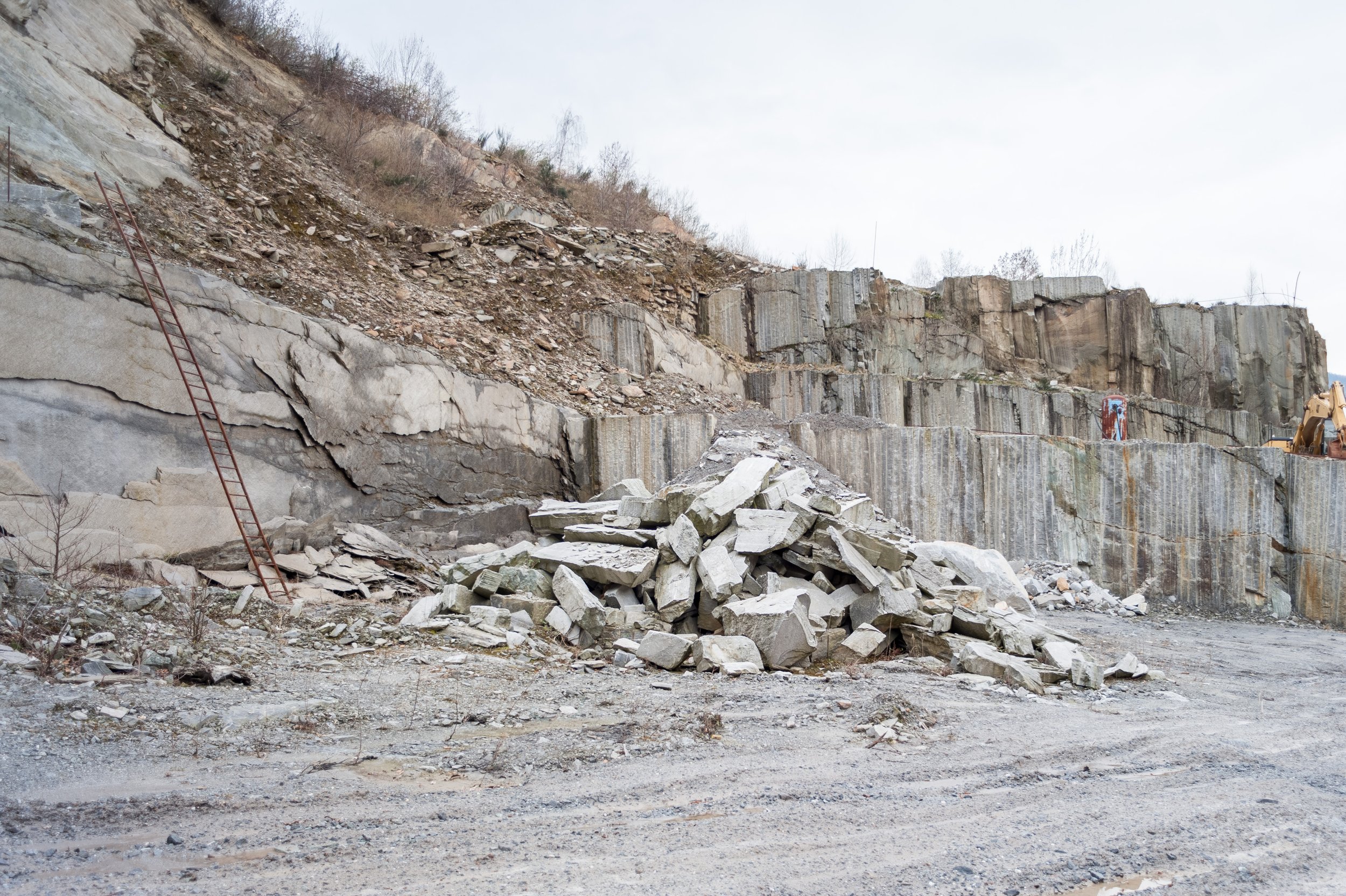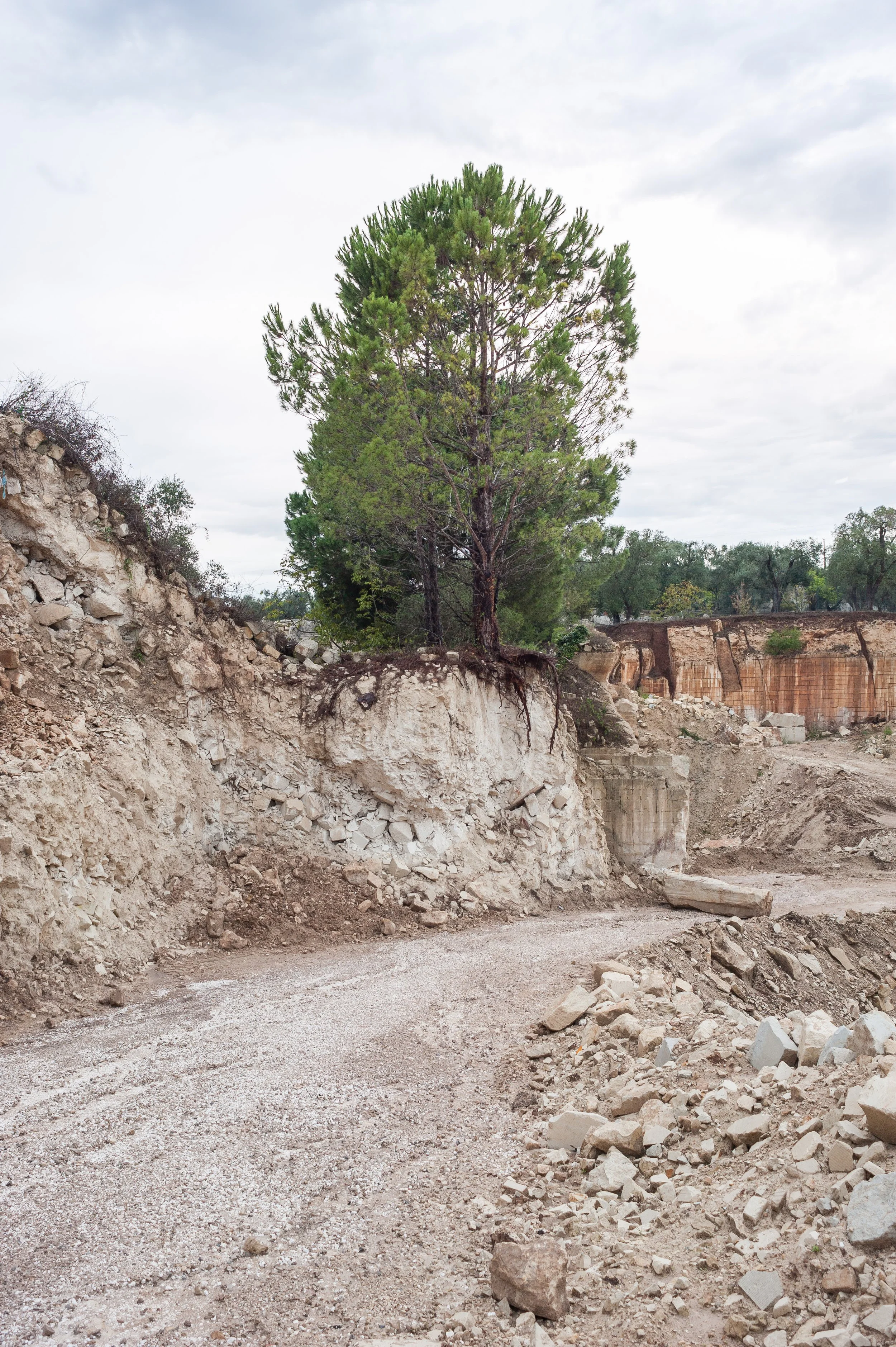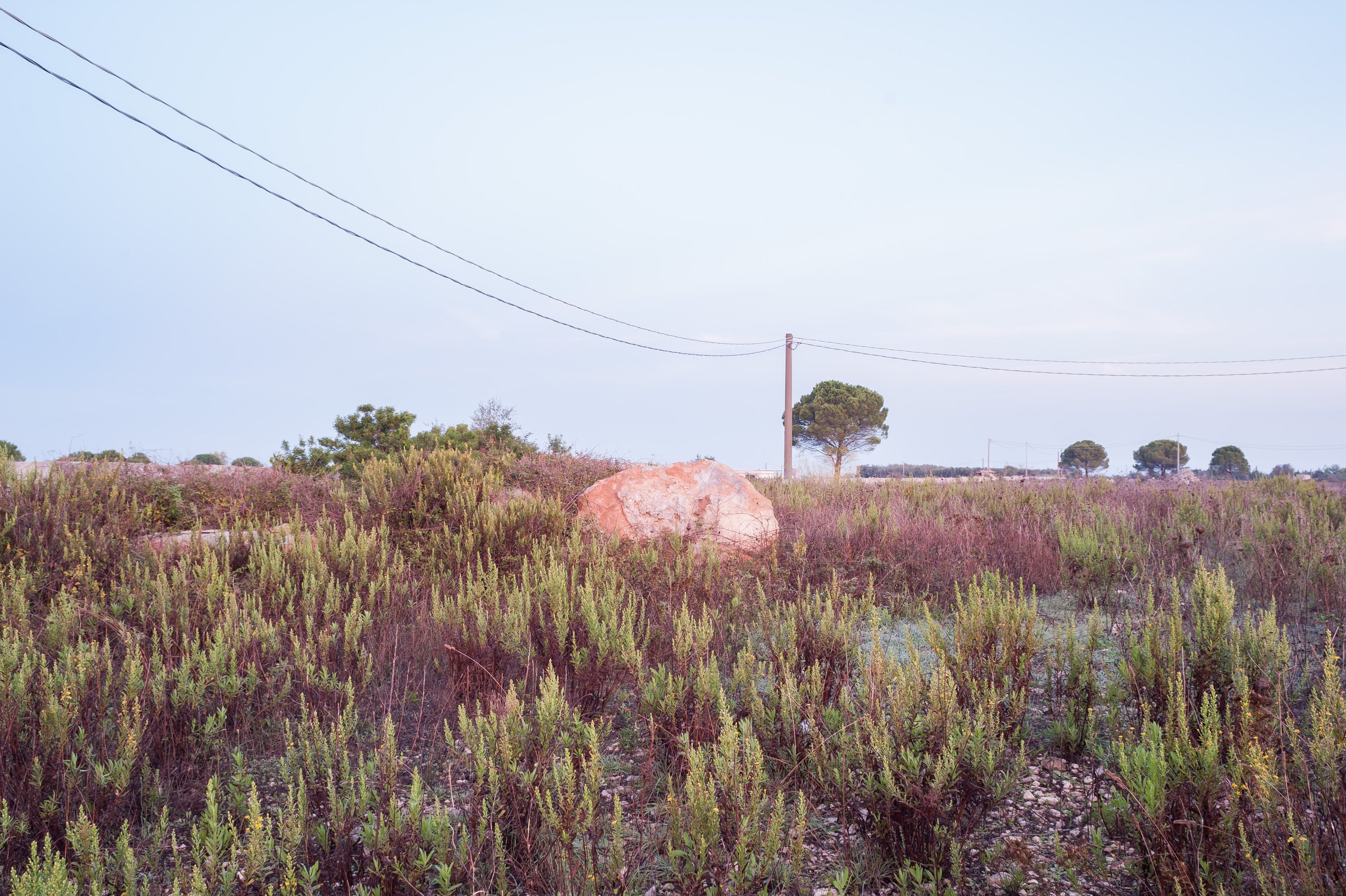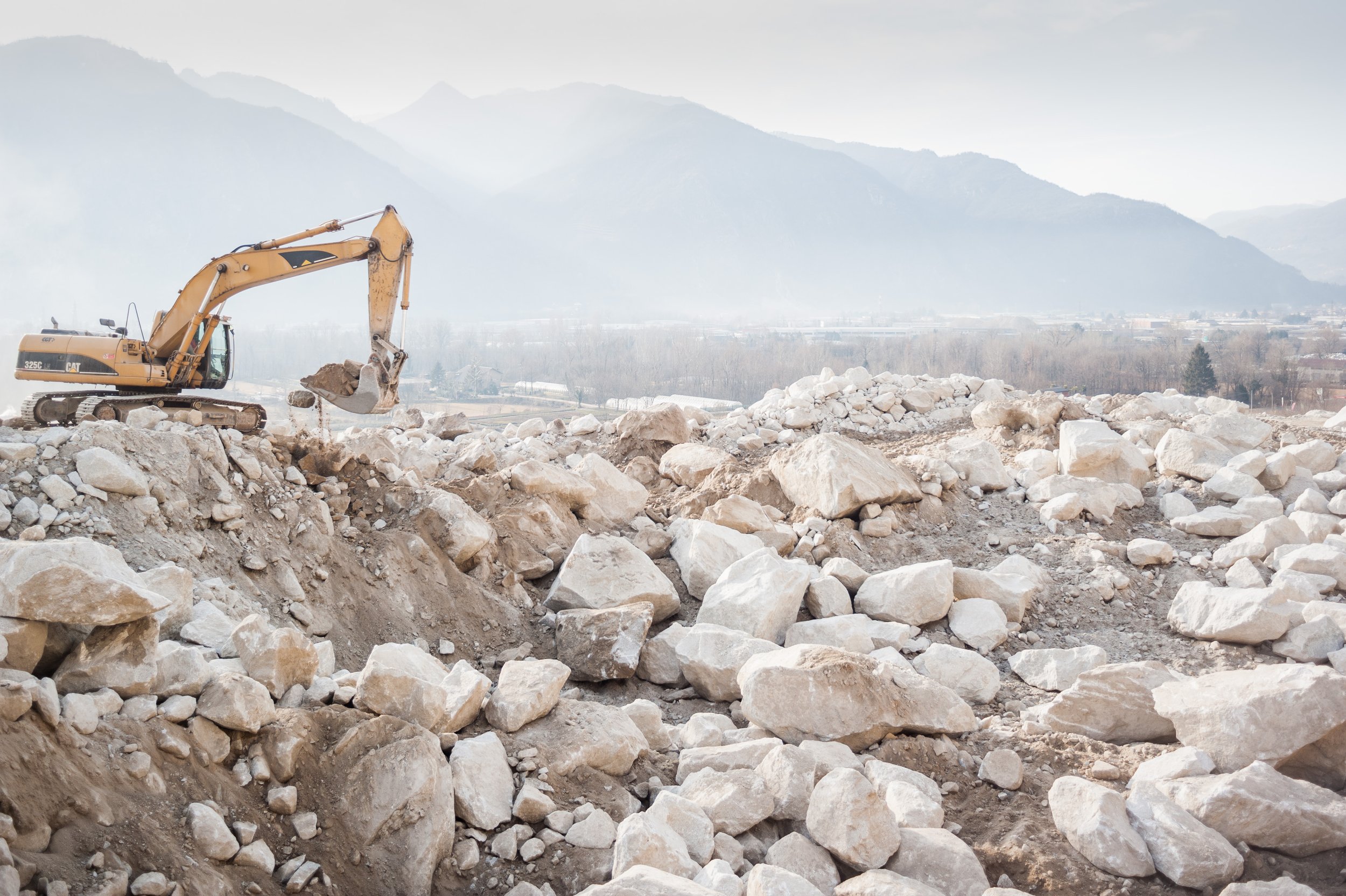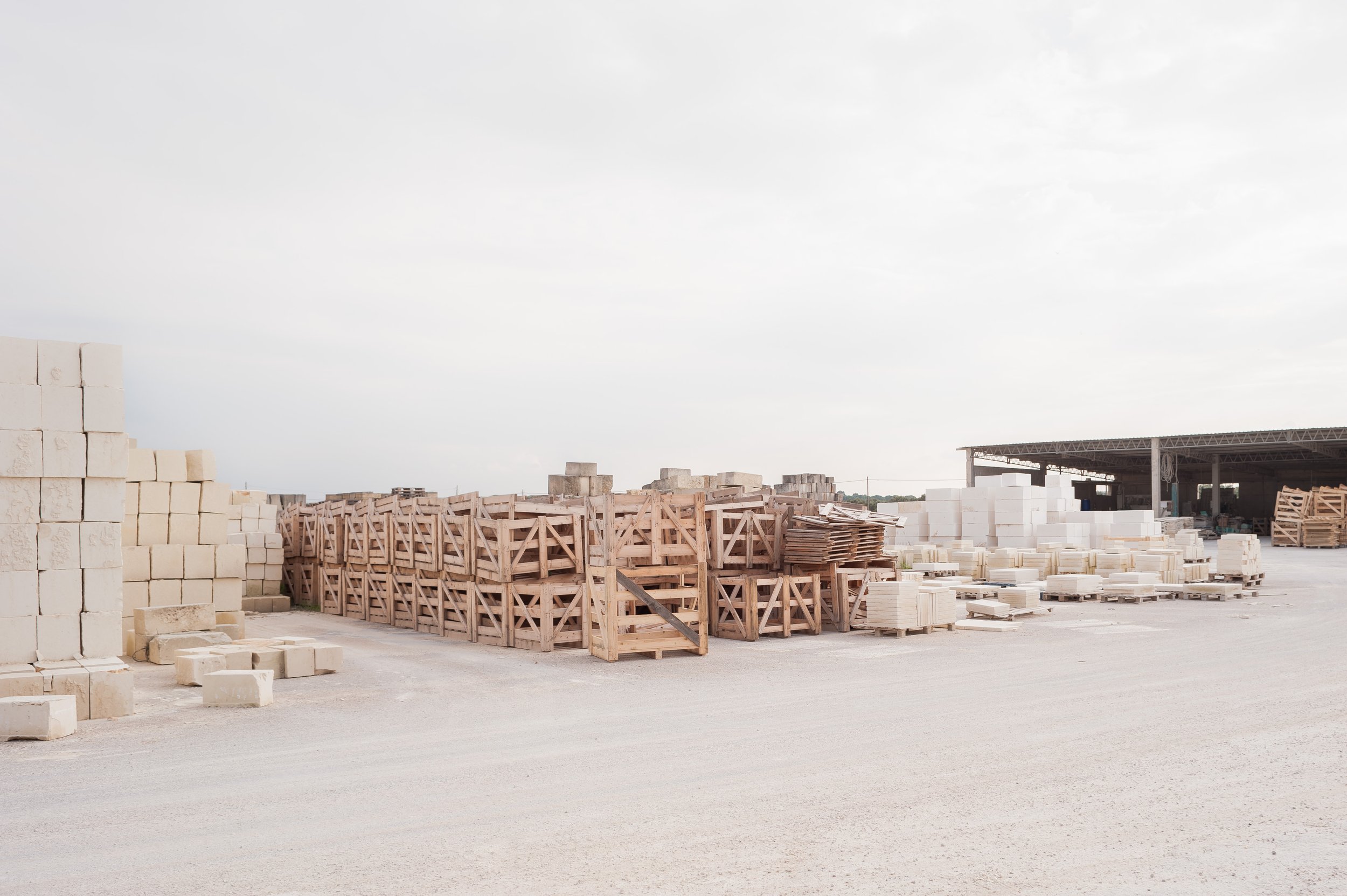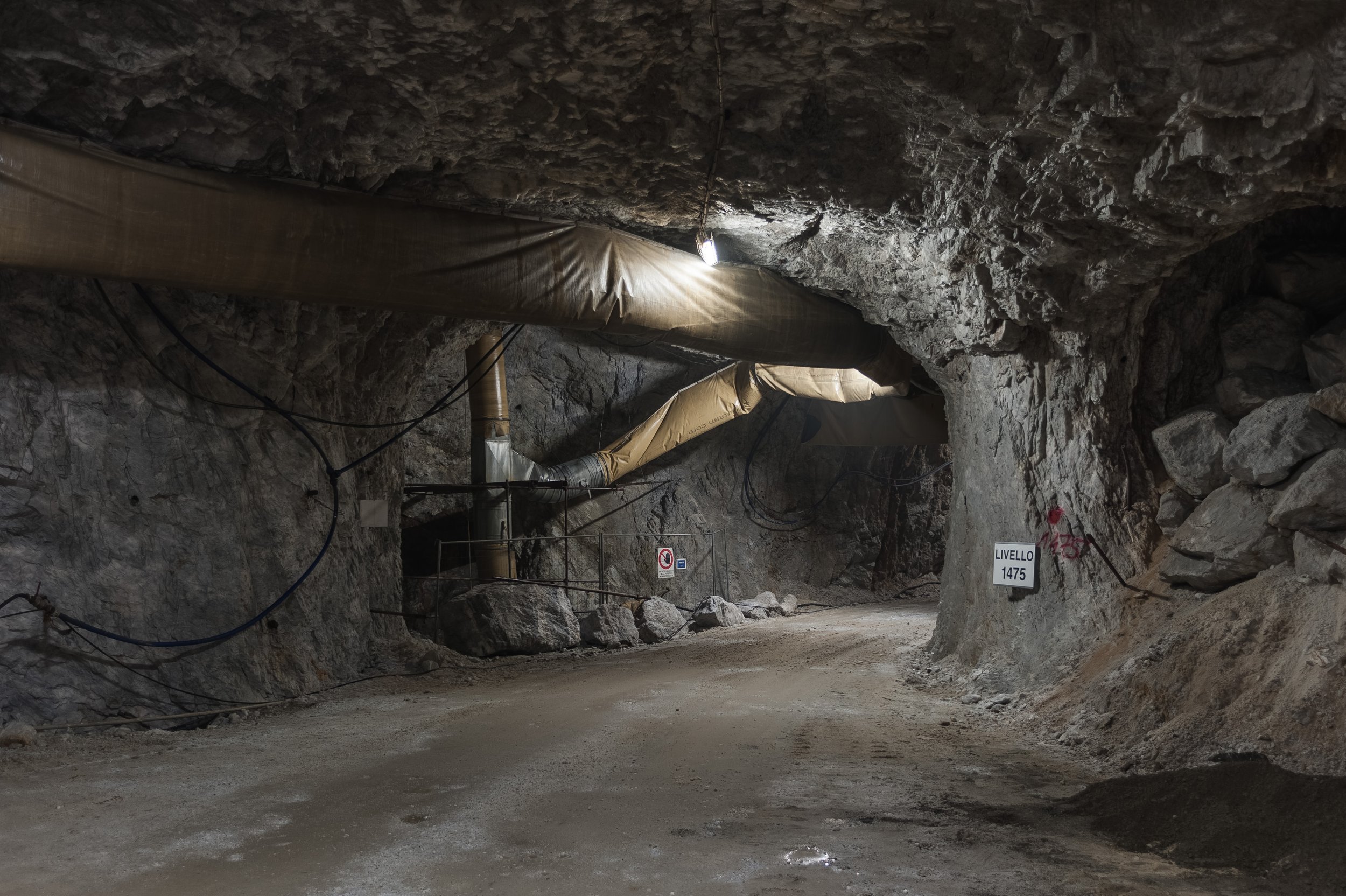Removal (2016)
In the turbulent age in which we live dominated by Anthropocene, thecapitalist management of resources and the advancements of militarised techno-science, the question of dislocation is central. Both physical and cybernetic (it is estimated that today’s data transmission covers about 10% of humanity’s total energy consumption, figure which will continue to grow), movement is part of our daily life. In history, never as in this very moment so many people are traveling on an airplane, train or car, never so many tons of “things” are moved from one continent to another.
The effects of this incremental shift of men and things are universally recognised as a positive and revitalising acceleration of the rhythms of life and consumption of goods and raw materials. 2016 has been a memorable year for our planet: for the first time since the appearance of man on earth, the parts per million (PPM) of CO2 in the atmosphere exceeded 400 units for more than a month, bringing the amount of carbon dioxide at the same value as that of 15 million years ago during the Miocene. As the United States aspires to bring humanity to Mars by 2033 “for the good of the Nation”, hiding behind a flaunted philanthropy economic purposes and survival needs to a planet that has crossed the point of no return from an environmental point of view, and the discovery of the nine new Trappist planets has further polarised public opinion about interplanetary travel, we realise how far the scale we are experiencing “movement” today is destined to grow.
Removal fits within my research, primarily focusing on environment-related spatial and landscape issues within documentary photography practices, as a route to critical analysis of the signs of mining on the ground. If the extraction and production of raw materials are among the most pervasive actions of manouvering, surely mining industrial activity is certainly its most extreme aspect. Hundreds of tons of stone are removed every day to be relocated, transformed and sold elsewhere, creating a cycle of consumption and displacement.



